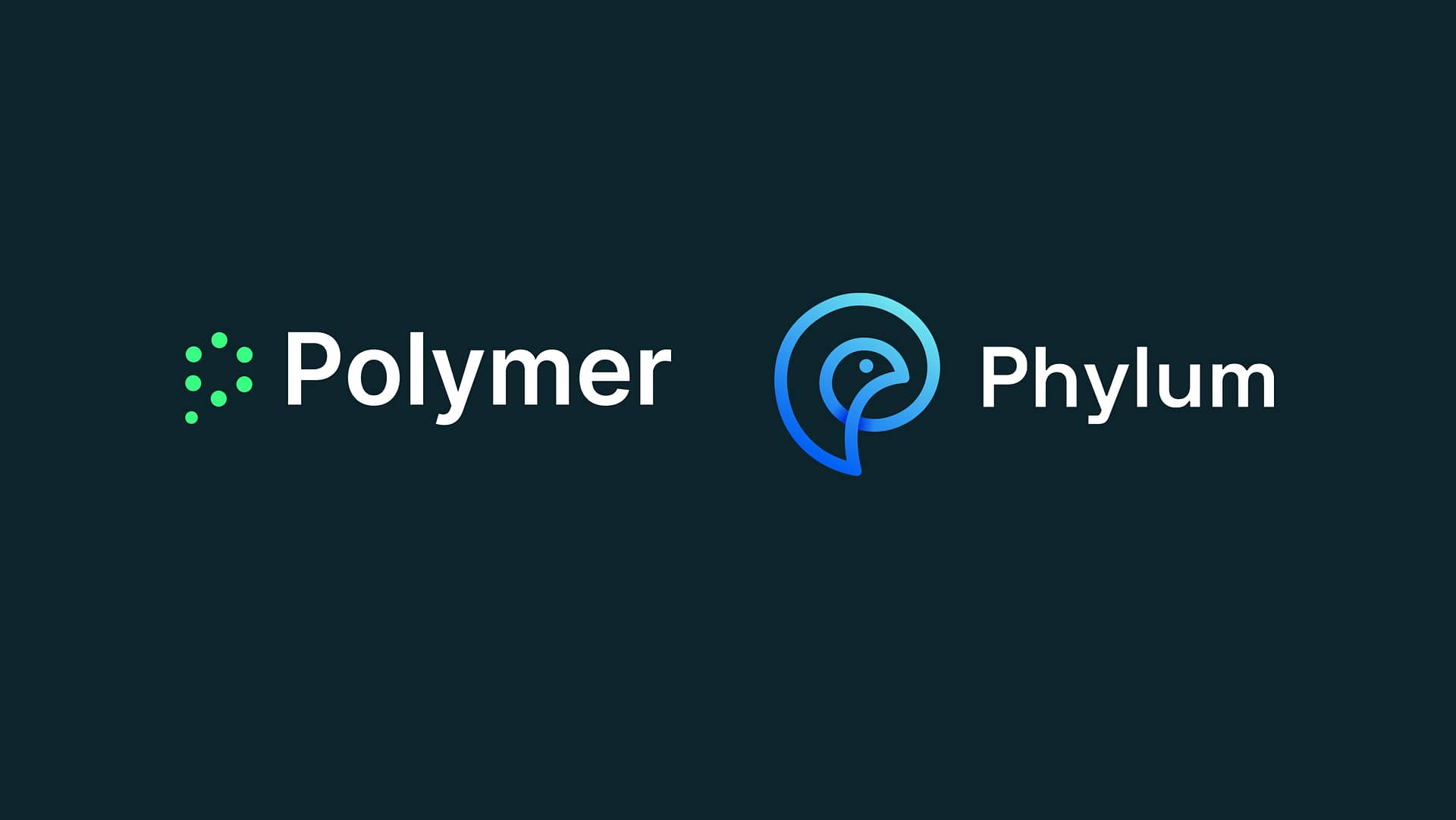Not too long ago, cloud security posture management (CSPM) seemed like the holy grail of cloud security, promising unparalleled protection in the cloud-first world.
However, organizations have come to realize that although CSPM is great at identifying infrastructure vulnerabilities, data breaches are still happening troublingly frequently.
As a result, data security posture management (DSPM) has emerged as a more promising solution for meeting data protection obligations.
Wondering how they differ and which one you should invest in? Read on to find out.
Definition: CSPM
Cloud Security Posture Management (CSPM) plays a vital role in safeguarding cloud environments. As defined by Gartner, CSPM involves continuous management of the security posture for Infrastructure as a Service (IaaS) and Platform as a Service (PaaS). It revolves around preventing, detecting, and responding to potential risks within these environments.
The primary goal of CSPM solutions is to help organizations maintain a strong security posture within their cloud setups. These tools achieve this by constantly monitoring configurations, evaluating compliance with security policies, and identifying vulnerabilities or misconfigurations that may pose a threat.
CSPM tools offer extensive visibility into the security status of cloud infrastructure and services. This deep insight allows organizations to stay informed about potential security risks, such as publicly accessible resources, weak authentication mechanisms, or misconfigured storage buckets.
How does CSPM work?
CSPM solutions draw on best practices from standards like the Center for Internet Security (CIS), Payment Card Industry Data Security Standard (PCI DSS), and the National Institute of Standards and Technology (NIST) to proactively detect and address misconfigurations.
Through comprehensive scans of IaaS and PaaS environments, these solutions identify potential security vulnerabilities, such as publicly exposed storage, opened ports, and unencrypted instances.
CSPM solutions offer a variety of capabilities geared towards identifying and resolving cloud vulnerabilities, including:
- Misconfiguration alerts: CSPM solutions leverage native connectors and APIs to seamlessly integrate with a wide array of cloud systems and resources. This integration facilitates the discovery of misconfigurations across your cloud environment.
- Compliance: An essential component of CSPM involves configuration settings that adhere to industry best practices and standards like NIST and CIS. These settings assist security teams in identifying and rectifying security risks, non-compliant configurations, and other potential missteps.
- 24/7 monitoring: CSPM solutions provide continuous monitoring of your cloud infrastructure. Real-time monitoring ensures that any detected misconfigurations prompt immediate alerts and offer rapid remediation options.
While CSPM offers many benefits, it’s essential to recognize a few limitations. One of the things to keep in mind is that CSPM treats all data systems equally and doesn’t have specific intelligence about sensitive data. This can sometimes lead to false positive alerts, which might cause alert fatigue for your security team.
Another challenge is the lack of context—CSPM won’t automatically know the criticality of the data at risk, who owns the data, or who should have access to it.
Definition: DSPM
Data Security Posture Management, commonly referred to as DSPM, is a relatively new term gaining importance in the realm of data security. According to Gartner’s definition, DSPM focuses on providing a clear view of where sensitive data is located, who has access to it, how it is being utilized, and the security posture of the stored data or applications.
The primary objective of DSPM solutions is to safeguard an organization’s sensitive data, no matter where it’s stored. These solutions offer a centralized platform that empowers security teams to effectively manage, monitor, and enhance the security posture of their enterprise data.
With DSPM tools, organizations can proactively identify and classify sensitive data, detect vulnerabilities and misconfigurations, and consistently enforce robust security policies.
Some DSPM tools utilize advanced scanning techniques to locate and categorize sensitive data across various data stores, whether they are structured or unstructured. This granular visibility enables security teams to diligently assess potential risks and implement appropriate security controls to mitigate them efficiently.
How does DSPM work?
DSPM is a valuable tool that gathers crucial insights about data to enhance its protection.It does this by gathering crucial insights about your data, considering various aspects such as existing security controls, potential risks, compliance requirements, and access controls policies. These valuable insights then help organizations optimize their data protection policies and put in place effective controls to keep their information safe and secure.
Let’s take a closer look at some of the core capabilities that make DSPM a powerful asset:
- Data cataloging: One of the primary capabilities of DSPM is detecting and cataloging data assets. It can identify data across multiple systems, including shadow and cloud-native data assets. This comprehensive approach ensures that all data, no matter where it resides, can be accounted for and protected.
- Data discovery and classification: DSPM solutions excel in highly efficient and accurate data discovery and classification. It can categorize data based on its granular attributes, context, and metadata. This level of detail allows organizations to have a clear understanding of their data and its sensitivity, aiding in better security decision-making.
- Data lineage: DSPM offers data lineage capabilities, giving insights into data transformation throughout its entire lifecycle. This visibility is incredibly valuable for enhancing data governance strategies, ensuring that data is handled appropriately at each stage of its existence.
- Governance: DSPM provides comprehensive visibility into sensitive data access. This valuable information helps access governance teams fine-tune and optimize access control policies, ensuring that only authorized individuals have access to sensitive data.
- Compliance: DSPM can map data to various compliance requirements, such as GDPR (General Data Protection Regulation), CPRA (California Privacy Rights Act), and other relevant regulations. This ensures that organizations can stay compliant with data protection laws and industry standards.
Pros & cons
Both Data Security Posture Management (DSPM) and Cloud Security Posture Management (CSPM) play vital roles in an organization’s cybersecurity strategy. Each comes with its own set of strengths and limitations, making it essential for businesses to understand these aspects while devising their security measures.
DSPM brings some significant advantages to the table. One of its key strengths is offering comprehensive coverage of an organization’s data security posture, spanning across on-premises and cloud environments. This all-encompassing view ensures that no data is overlooked, regardless of its location.
Additionally, DSPM tools provide granular visibility into sensitive data, allowing organizations to effectively classify, locate, and protect valuable information. By enforcing consistent security policies across data sources, DSPM solutions aid in compliance adherence while minimizing potential vulnerabilities.
However, DSPM has its limitations as well. It is primarily focused on data sources and may not directly address specific security challenges related to cloud environments, such as misconfigurations. Moreover, implementing DSPM can be difficult if the organization chooses the wrong vendor.
On the other hand, CSPM is purpose-built to cater to the unique security requirements of cloud environments. Its cloud-specific expertise offers specialized features and best practices tailored to enhance cloud security. CSPM tools provide real-time monitoring of cloud infrastructure and services, enabling organizations to promptly detect and respond to security threats and vulnerabilities as they arise.
However, CSPM also has some grave limitations. It is primarily focused on cloud environments and does not extend its protection to the data itself, creating blind spots in an organization’s overall security posture. Moreover, the dynamic and complex nature of cloud environments also poses challenges during CSPM implementation and configuration, as they need specialized, ongoing expertise to ensure optimal protection.
Which one should you use?
You might initially think that deploying both solutions would be the best approach, but that’s not always the case. Today’s security teams are often dealing with tight schedules and high stress levels. CSPM can add complexity because it requires administrators to handle alerts for each individual application, which can be time-consuming and overwhelming.
In contrast, DPSM offers a centralized interface and works autonomously in many cases, easing the burden on already overburdened team members. Its approach minimizes the risks related to misconfigurations and user privileges, which are areas where CSPM excels.
The magic of DPSM lies in protecting your data at its source. This means that even if a document or repository is mistakenly left exposed to the public, your sensitive information remains safe from unlawful access or alterations.
So, if you’re trying to decide which solution to prioritize due to budget constraints or other considerations, making DSPM your next move could be a smart choice. It provides comprehensive data protection and relieves some of the pressure on your security team, ensuring your sensitive information stays secure.
How Polymer can help
Polymer data loss prevention (DLP) is a no-code DSPM solution that starts protecting your cloud app data in just minutes. With ready-to-go compliance templates and an engine fuelled by natural language processing (NLP), our tool intelligently and autonomously discovers, classifies and protects your sensitive information from unauthorized access, accidental leakage or malicious intent.
Ready to get started? Request a free demo today.









